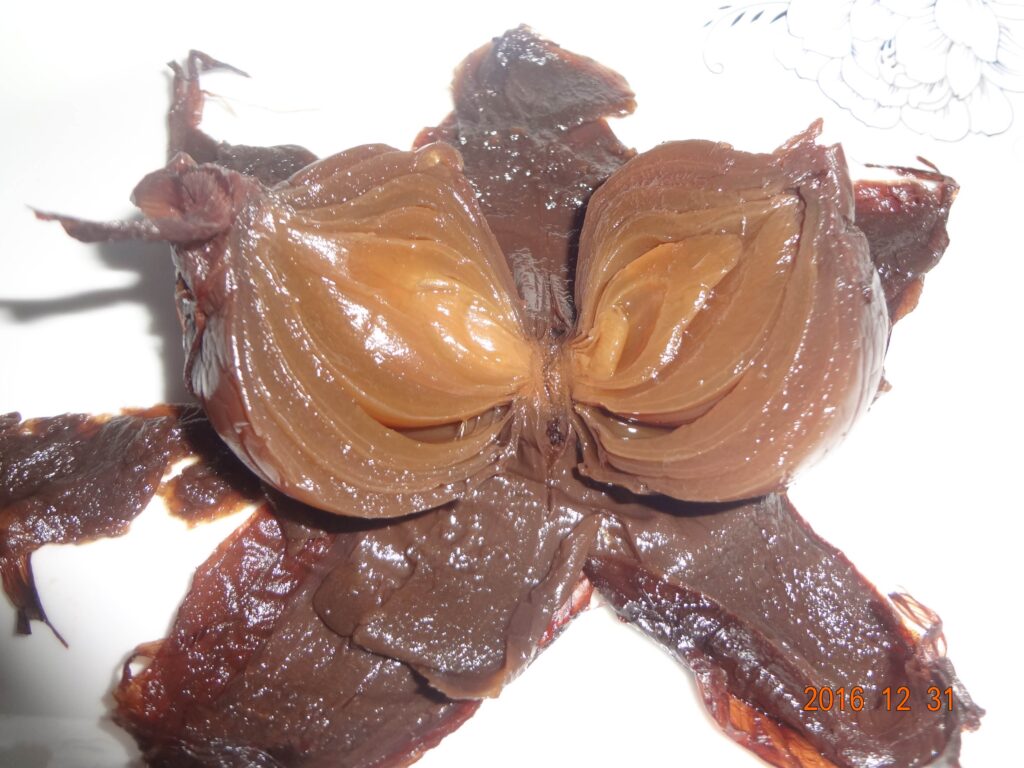Moisture on Black Garlic Fermentation
Impact of Moisture Content on Black Garlic Fermentation
1. Moisture and Reaction Fundamentals
The formation of black garlic is essentially the Maillard reaction and caramelization, where moisture directly affects reaction efficiency as a medium:
- Insufficient moisture (<60%):
Slows reaction rate, prevents adequate contact between sugars and amino acids, leading to uneven browning and hardened cloves with a burnt-bitter taste. - Excessive moisture (>90%):
May cause microbial contamination (mold) and dilute reactant concentration, delaying flavor compound accumulation.
2. Mechanism of Influence
| Aspect | Low Moisture Environment | Optimal Moisture (70-85%) | High Moisture Environment |
|---|---|---|---|
| Texture | Hard, fibrous | Soft, gel-like | Overly soft, mushy |
| Flavor | Dominant burnt bitterness | Balanced sweetness and umami | Watery, bland |
| Active Compounds | Reduced synthesis of antioxidants (e.g., SAC) | Efficient sulfide conversion, high SAC content | Leaching of water-soluble components |
| Reaction Uniformity | Surface carbonization, uncooked interior | Even browning throughout | Localized over-hydrolysis |
3. Moisture Sources and Control
- Raw garlic initial moisture: Fresh garlic contains ~60-65% water, requiring no additional water.
- Environmental humidity control:
- Industrial production maintains 80-90% humidity via steam to prevent moisture loss.
- For home methods (e.g., rice cooker), use damp cheesecloth or minimal water to create a humid microenvironment.
- Key risk: Poor sealing causes moisture loss—regularly check weight (rehydrate if cloves feel lighter).
4. Optimization Recommendations
- Home production:
Use airtight containers with hygrometers, or lightly mist weekly if needed. - Industrial parameters:
Apply phased humidity control (85% initial for hydrolysis → 75% later for flavor concentration).
5. Scientific Relationship Between Moisture and Flavor
Moisture influences final flavor by regulating:
- Maillard reaction: Requires water to activate sugar-amino acid interactions, but excess dilutes reactants.
- Enzymatic hydrolysis: Optimal moisture maintains alliinase activity to break down polysaccharides into reducing sugars (sweetness source).
for example, when you ferment black onion, moisture expecially important, if lack of moisture, it will become very bitter and no sweet, also when you ferment black garlic, we suggest use fresh garlic,
